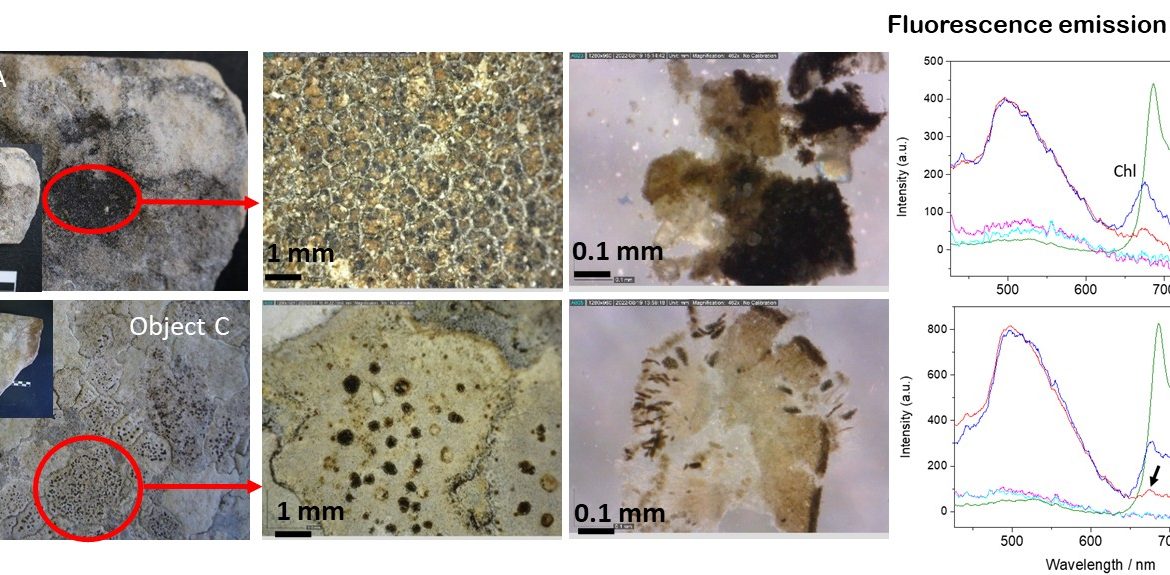What a wonderful way to finish our academic year!!!
December 30, 2022
On the last day of 2022 our new article was published in Heritage Science Journal presenting the collaborative work of the Lasers for Art’s Sake IESL – FORTH, the Department of Chemistry, University of Crete and the Department of Biology, National and Kapodistrian University of Athens.
The paper entitled “Development of a methodology for the characterisation and assessment of biodeteriogens on archaeological surfaces by use of a portable LEDinduced fluorescence instrument” by Annie Giakoumaki, A. Philippidis, Panos Siozos, Ioanna Pyrri, D. Anglos & P. Pouli, reflects research performed in the framework of the “Open Innovation in Culture” NSRF 2014-2020 Callos Project “Conservation of Athens antiquities with Laser and Lidar technologies Open to Science and public” (MIS-5056208) and the Hellenic Foundation for Research and Innovation project “SpArch: Spectrochemical Analysis of Archaeological Bio-Organic Residues” (HFRI-FM17-3542).
This study focuses on the development of a fast, non-invasive methodology, appropriate for the detection and characterization of biodeterioration present on the surface of archaeological/historical stone objects and monuments, by exploiting the characteristic fluorescence emission of biological deposits. Fluorescence spectra were collected by the use of a portable LED (Light Emitting Diode)-Induced Fluorescence (LED-IF) instrument. Three limestone fragments and one mortar fragment, from different monuments in Greece, presenting various types of biodeterioration on their surface, have been investigated in the laboratory. First, fluorescence emission spectra were acquired with a benchtop laboratory spectrofluorometer in order to select the optimum excitation wavelengths for the fluorophores present in the biological crust. An evaluation of the portable LED-IF instrument was conducted by assessing the performance of its optical components and different LED excitation sources, while an investigation of several experimental parameters on the fluorescence signal was also performed. Furthermore, issues related to the efficiency of detection and identification of biological growth have been studied, such as the effect of sample surface wetting on the fluorescence signal. The results of the present study demonstrate that the LED-IF instrument can be used for a fast and reliable assessment of the presence of biodeterioration on monuments.
Further info: https://doi.org/10.1186/s40494-022-00827-x
Δείτε λιγότερα


